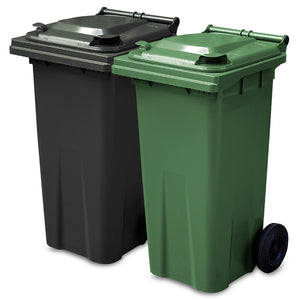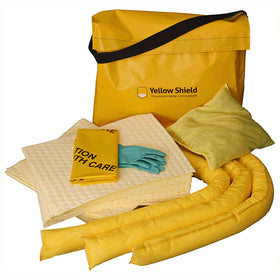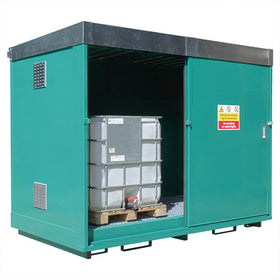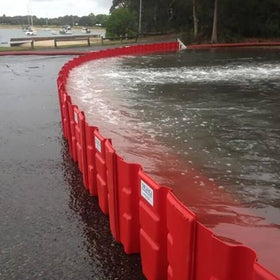BP lower oil containment funnel to try to stop leak
BP engineers in the Gulf of Mexico have started to lower onto the sea bed what is perhaps the largest spill containment device ever built. The 40ft funnel, which has been manufactured by BP at an astounding rate, is being lowered over the oil leak off the Louisiana coastline after the Deepwater Horizon oil rig exploded two weeks ago killing eleven workers.
The massive operation will take at least two days to complete as the funnel need to be lowered to the sea bed and then fixed in place using submersibles. The funnel will then need to be connected to a ship that has large oil storage tanks. This will take a further two days before the spill level can be reduced.
Estimates state that about 5000 barrels of oil per day are spilling into the water off the Louisiana coast and it is only a matter of time before the oil reaches the mainland. The BP chief executive Tony Hayward has stated that there is currently an “armada” of ships trying to contain the leak and stop it reaching the shore.




